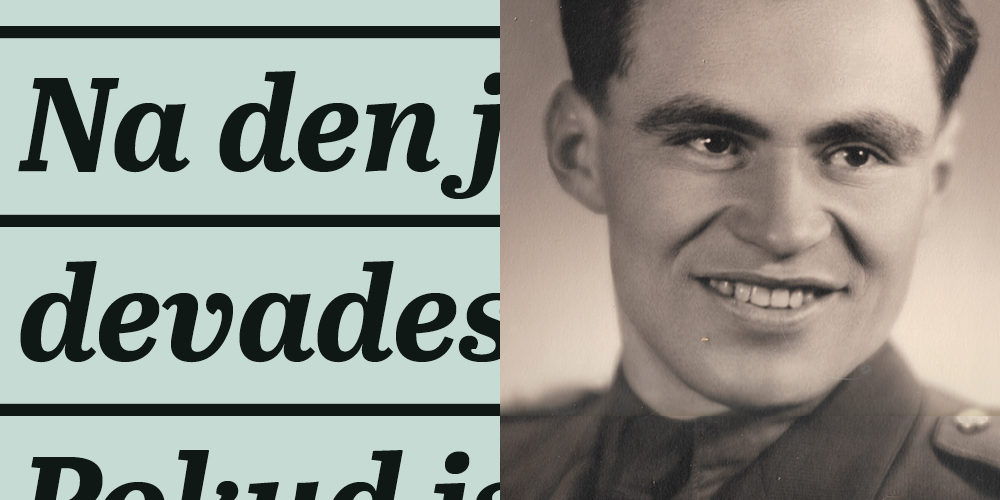“During the First World War we had legionnaires in Russia who fought, so I am running away because our army is being organized and we will fight the Germans to liberate Czechoslovakia,” Jan Plovajko, a student at the lyceum, said at the first NKVD interrogation on Soviet territory about why he had decided to flee to the Soviet Union after Hungary occupied his native Subcarpathian Rus.
The court sent him to Siberia for three years for illegally crossing the border. After a long anabasis in overcrowded cattle trucks and on a boat on the Yenisei, he ended up beyond the Arctic Circle in Norilsk, the center of Norillag, a dreaded complex of dozens of labor camps.
Till his strength ran out, Jan Plovajko worked in a stone quarry, breaking blasted stone blocks with a chisel and pickaxe. He was used to physical work from home, he had played sports, but the lack of food and the perpetual cold took a toll on his health.
“Then I weighed 40 kilos and could no longer work, so they put me to work pulling nails out of old boards,” Jan Plovajko recalls.
“That’s when they called me ‘dohodyago.’” That is, a prisoner who has been left to die.
After three years, he was rescued from the appalling conditions of the Norillag camp by the opportunity to join the Czechoslovak army that was being assembled. Together with fifty other Czechoslovaks, he set off for Buzuluk. He went through heavy fighting at Kiev, Dukla, Liptovský Mikuláš, and arrived victoriously to Prague. After February 1948, the communists tried to get him to join the party and to cooperate in the purges in the army, which he refused because of his unfortunate experience with the Soviet communists. He was thrown out of the army in 1950 and began to earn a living as a laborer.
Liberation
Nazi Germany was defeated in the Second World War by the determination, bravery, and combat deployment of soldiers from the United States, Great Britain, Poland, France, the Soviet Union, and other countries and nations. But the Soviet Union, led by the dictator Stalin, did not join the Allies until it itself was attacked by the Nazis in June 1941. Until then, the USSR had acted as a partner of Nazi Germany in the spirit of the Molotov-Ribbentrop Pact concluded shortly before the outbreak of the war. At that time, when tens of thousands of Czechoslovaks fled from the Nazis to the USSR, they often ended up in gulag labor camps. The Red Army did not enter the war until the summer of 1941 after Nazi Germany had invaded.
The Soviet Union deployed over six million soldiers to the Eastern Front. We can speak of great heroism and huge losses. The Red Army, with great effort, defeated the better armed and trained German Wehrmacht, and with it the prestige of the “land of the Soviets” logically grew. However, when we talk about the liberation of Czechoslovakia, we must mention, besides the Soviet victims (up to 140,000 Red Army soldiers are said to have died), the tens of thousands of our soldiers fighting alongside the Allies on the Eastern and Western fronts, the brave Slovak insurgents, the paratroopers, partisans and thousands of their helpers, the insurgents from the barricades of Czech towns at the end of the war, and last but not least the soldiers of the American Army who liberated part of the Czechoslovak territory from the west, as well as the forgotten Romanian soldiers advancing with the Soviets from the east. On 8 May 1945, after six long years, peace reigned in Europe and Czechoslovakia became a liberated country. But not free.



